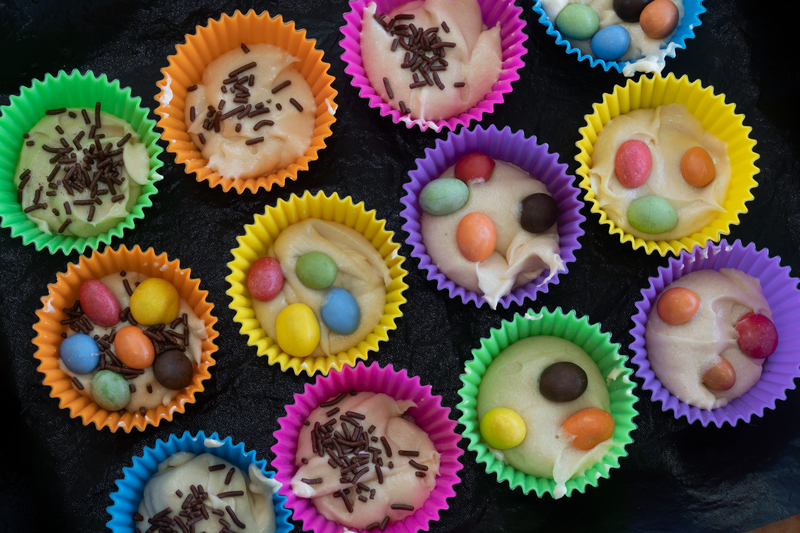 Silicone bakeware has gained popularity in recent years for its flexibility, durability, and non-stick properties.
Silicone bakeware has gained popularity in recent years for its flexibility, durability, and non-stick properties.
It offers an alternative to traditional metal and glass bakeware, but it’s not without its drawbacks.
In this article, we will delve into the disadvantages of silicone bakeware, shedding light on some of the issues that may make you think twice before reaching for that silicone muffin tin or cake mold.
Lack of Browning
One significant disadvantage of silicone bakeware is its inability to promote browning.
While some recipes benefit from a golden crust, silicone’s non-stick surface and insulating properties hinder the development of a crisp, golden exterior.
This can be particularly frustrating when baking bread, pastries, or certain types of cookies that rely on browning for flavor and texture.
Uneven Heat Distribution
 Silicone bakeware is known for uneven heat distribution.
Silicone bakeware is known for uneven heat distribution.
Unlike metal pans that conduct heat evenly, silicone can lead to uneven baking.
This can result in cakes or other baked goods with unevenly cooked centers or edges that are overdone.
Achieving consistent results can be challenging when using silicone bakeware, especially for intricate recipes.
Prone to Staining
Silicone bakeware has a tendency to stain, particularly when used with ingredients like tomato-based sauces or vibrant food colorings.
Stains can be difficult to remove and may result in a dingy appearance over time, diminishing the aesthetics of your bakeware.
This staining issue can make silicone bakeware less appealing, especially if you value a pristine kitchen.
Stability Issues
 Silicone bakeware is flexible, which can make it challenging to handle when filled with batter or dough.
Silicone bakeware is flexible, which can make it challenging to handle when filled with batter or dough.
These flexible molds may bend or deform when transferring them to the oven, potentially causing spills or uneven baking.
Moreover, removing hot silicone bakeware from the oven can be a precarious task, as it lacks the rigidity of metal pans.
Not Suitable for Very High Temperatures
While silicone bakeware can withstand a wide range of temperatures, it is not suitable for extreme heat.
At very high temperatures, silicone can release harmful compounds, potentially compromising the safety of your food.
This limitation means that it is not the best choice for broiling or extremely high-temperature cooking techniques.
But the good news is that premium silicone bakeware typically doesn’t contain these compounds.
To ensure an added level of safety when shopping for silicone bakeware, opt for items bearing labels such as “BPA-free” and “phthalate-free like this Silicone Baking set.
This high-quality bakeware set is made from 100% food-grade silicone, ensuring durability and flexibility while being BPA-free.
This versatile 9-piece set includes various molds for donuts, toast, muffins, cakes, pizza, and more, along with bonus utensils.
It’s perfect for a wide range of baked goods and can elevate any occasion.
Durability Concerns
 Although silicone bakeware is generally considered durable, it is not immune to wear and tear.
Although silicone bakeware is generally considered durable, it is not immune to wear and tear.
Over time, it may develop cracks, tears, or deformities, especially if exposed to frequent temperature fluctuations or sharp utensils.
This can lead to a shorter lifespan compared to traditional metal or glass bakeware.
Bottom Line – What are the Disadvantages of Silicone Bakeware?
Silicone bakeware offers several advantages, including flexibility, easy release of baked goods, and simple cleanup.
However, it’s important to be aware of its disadvantages as well.
The lack of browning, uneven heat distribution, stability issues, staining problems, limitations on high-temperature use, and durability concerns may make silicone bakeware less appealing for certain baking tasks.
While it has its place in the kitchen, being aware of its limitations can help you make informed decisions when selecting bakeware for your culinary adventures.



